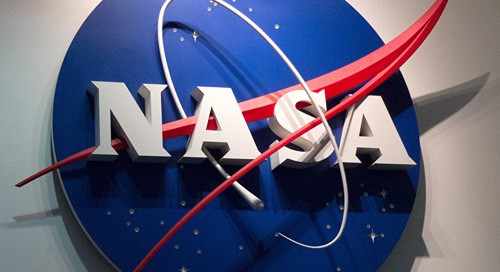Washington: NASA has lost contact with a satellite designed to study planets outside our solar system.
Mission operators at NASA’s Jet Propulsion Laboratory in Pasadena, California, said in a statement that the last communication with the Asteria (Arcsecond Space Telescope Enabling Research in Astrophysics) was in December and they will attempt to contact it till March.
Asteria belongs to a category of satellites called CubeSats, which vary in size but are typically smaller than a suitcase.
Deployed into the Earth orbit from the space station in 2017, the mission aimed to show that small satellites could one day be used to assist larger exoplanet missions, such as NASA’s Transiting Exoplanet Satellite Survey (TESS), said the US space agency.
“The project achieved outstanding results during its three-month prime mission and its nearly two-year-long extended mission,” said JPL’s Lorraine Fesq, current Asteria programme manager.
“Although we are disappointed that we lost contact with the spacecraft, we are thrilled with all that we have accomplished with this impressive CubeSat,” Fesq added.
Asteria observed a handful of nearby stars and successfully demonstrated that it could achieve precision measurements of the stars’ brightness.
“With that data, scientists look for dips in a star’s light that would indicate an orbiting planet passing between the satellite and the star,” said NASA.
Mission data is still being analysed to confirm whether the satellite spotted any distant worlds.
Even if contact is not regained with Asteria, scientists can still conduct experiments on CubeSat autonomy programmes using the mission testbed — a replica of the spacecraft’s internal hardware, kept on Earth for testing purposes.
(IANS)






































